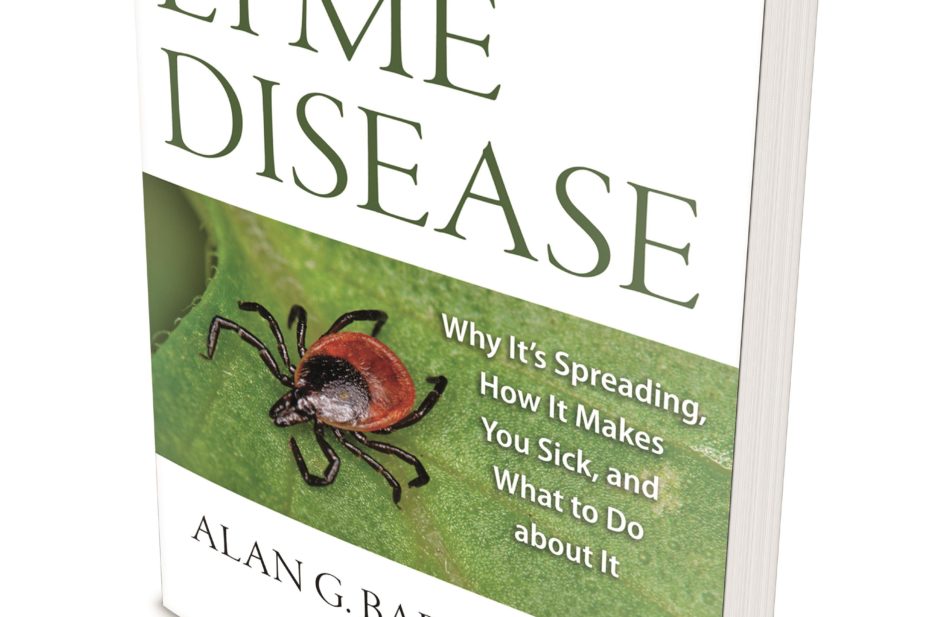
Lyme disease is one of the few insect-borne diseases that can be contracted in Europe, transmitted to humans by a deer tick of the Ixodes species. Pharmacists should be aware of patients who may present with this condition for symptomatic treatment of the typical rash resulting from the bite of a feeding tick or a history of arthritic problems. They should also be prepared to advise on methods of avoiding tick bites by the use of repellents and appropriate clothing.
This book addresses all areas of knowledge about Lyme disease that would be of use to pharmacists, including its treatment and prevention. There are useful case studies throughout to illustrate the most important aspects. The chapters cover the presentation of disease and pathophysiology, diagnosis, treatment with antibiotics, and methods of preventing contact with ticks. The life cycle and transmission are clearly described and reveal some common misconceptions. For instance, the reservoir for the disease are not actually deer, but rodents such as the grey squirrel. Deer are a major source of a blood meal for the tick, so a large population of deer maintains the tick population; mating occurs only between an attached feeding female and the male tick.
Be aware that this book is written for a US audience and so the details of the distributions/ecology are related to that continent, as well the various guidelines regarding its management. The writing style and language at times seems to be aimed more at the complete lay person rather than the health professional. For instance, there is a detailed description on the meaning of a symptom or sign of a disease and text explaining how antibiotics in general work against a microorganism.
References
‘Lyme disease’, by Alan G Barbour. Ppxii+306 £15. Baltimore: John Hopkins University Press; 2014. ISBN 978 1 4214 1721 9


